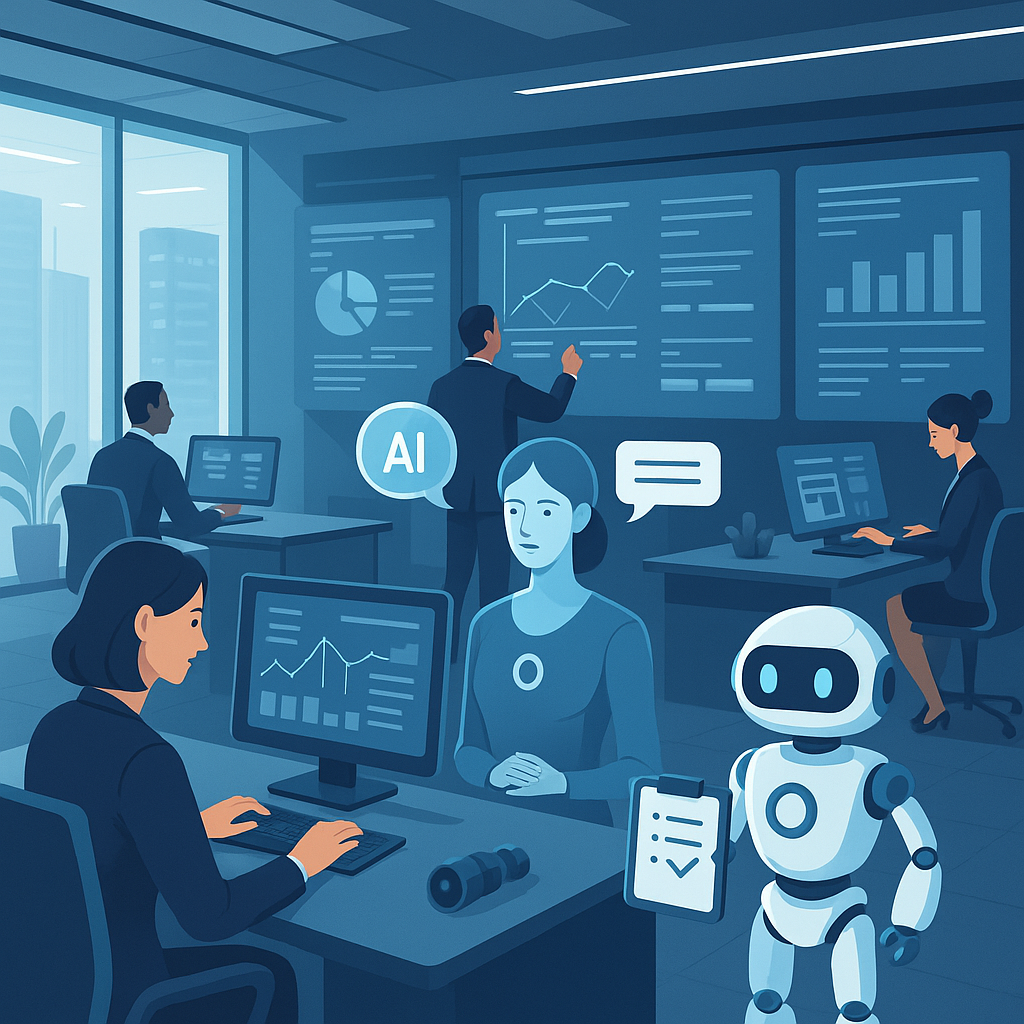Hyperautomation in 2024: The Next Leap for Business Process Excellence

Hyperautomation has become one of the most influential topics in the business process landscape this year. With rapid advancements in AI, machine learning, and automation platforms, organizations are moving beyond task-based automation to the orchestration of entire end-to-end workflows. As we settle into 2024, it’s clear that hyperautomation isn’t just a buzzword—it’s a strategic imperative for future-focused businesses.
What is Hyperautomation?
Gartner describes hyperautomation as the combination of multiple automation tools, including robotic process automation (RPA), artificial intelligence (AI), machine learning (ML), and process mining, to automate as many business processes as possible. Unlike traditional automation, which focuses on repetitive tasks, hyperautomation aims to digitally transform entire processes, making them smarter and more adaptable.
Key components of hyperautomation:
- AI and ML: Enable decision-making and predictive analytics.
- Process mining: Discover and optimize hidden inefficiencies.
- RPA: Automate routine business tasks.
- Integration platforms: Connect disparate systems for seamless data flow.
Why Hyperautomation is Hot in 2024
Several trends have converged to accelerate hyperautomation adoption this year:
- Remote and hybrid work evolution. Businesses require automated, touchless workflows that work regardless of location.
- Economic uncertainty. Companies need to do more with less, driving investment in automation to cut costs and boost productivity.
- Maturity of AI models. More powerful, reliable AI is accessible, making automation smarter.
- Focus on customer experience. Automated processes deliver faster, more consistent service.
Key Use Cases Driving Adoption
Invoice processing: AI-driven automation extracts, checks, and posts invoice data with minimal human intervention, reducing AP cycle times by up to 70%.
Employee onboarding: Hyperautomation integrates HR, IT, and compliance systems to create a seamless digital onboarding journey—crucial in distributed organizations.
Customer support: Virtual agents triage and resolve common customer issues, while AI assists agents for complex queries, shrinking response time and boosting satisfaction.
Regulatory compliance: Automated workflows and real-time monitoring ensure ongoing compliance, minimizing manual checks and audit risks.
Success Story: Global Logistics Leader Embraces Hyperautomation
A top global logistics firm recently rolled out hyperautomation across its finance and customer service divisions. By combining RPA bots, document AI, and workflow orchestration, the company:
- Reduced invoice handling time from 7 days to under 12 hours
- Increased first-contact customer resolution by 45%
- Saved over $3M in manual labor within the first year
Their biggest lesson? Hyperautomation doesn’t just replace tasks—it enables employees to focus on strategic problem solving and innovation.
Steps to Tap into Hyperautomation
- Map your end-to-end business processes. Identify automation candidates and pain points.
- Start small but plan big. Pilot in areas like finance, HR, or customer operations, then scale.
- Leverage low-code/no-code tools. Empower business users to build and improve automations.
- Build a center of excellence. Create a cross-functional team to develop skills, govern initiatives, and measure impact.
Looking Ahead
As organizations strive for resilience and agility in 2024, hyperautomation represents a powerful lever. It’s not a “set and forget” solution, but a journey—requiring strategic vision, ongoing iteration, and a blend of the right technologies.
Ready to see what hyperautomation can do for your workflows? Start mapping your automation journey today!